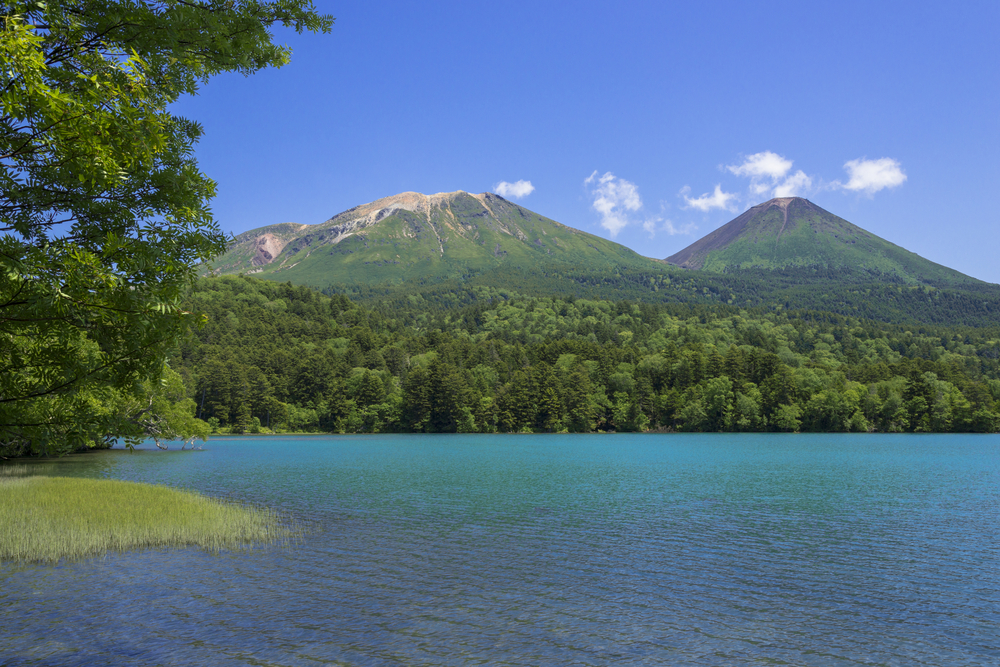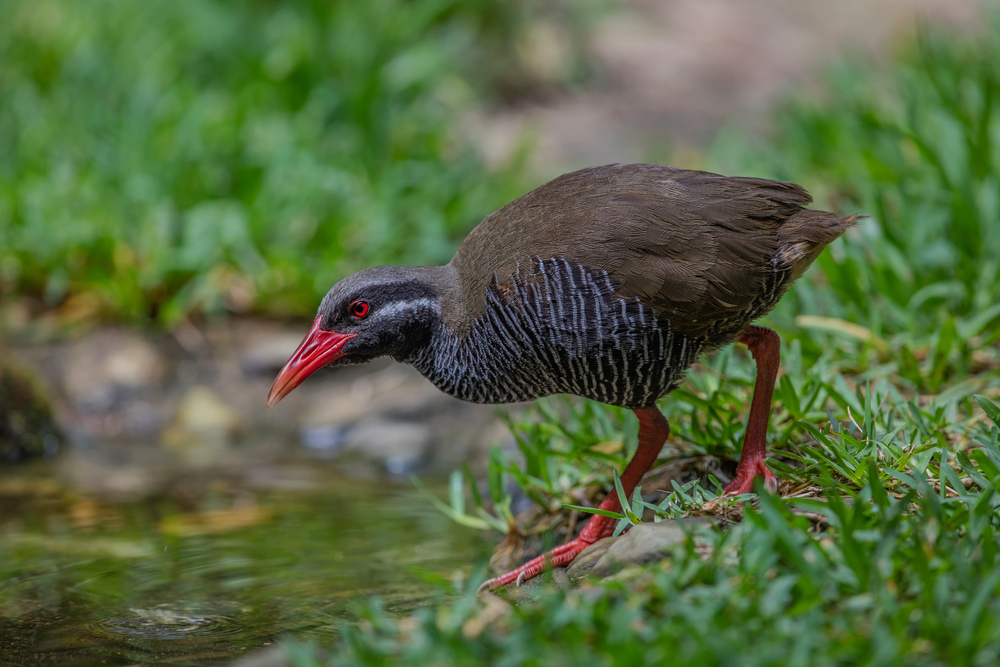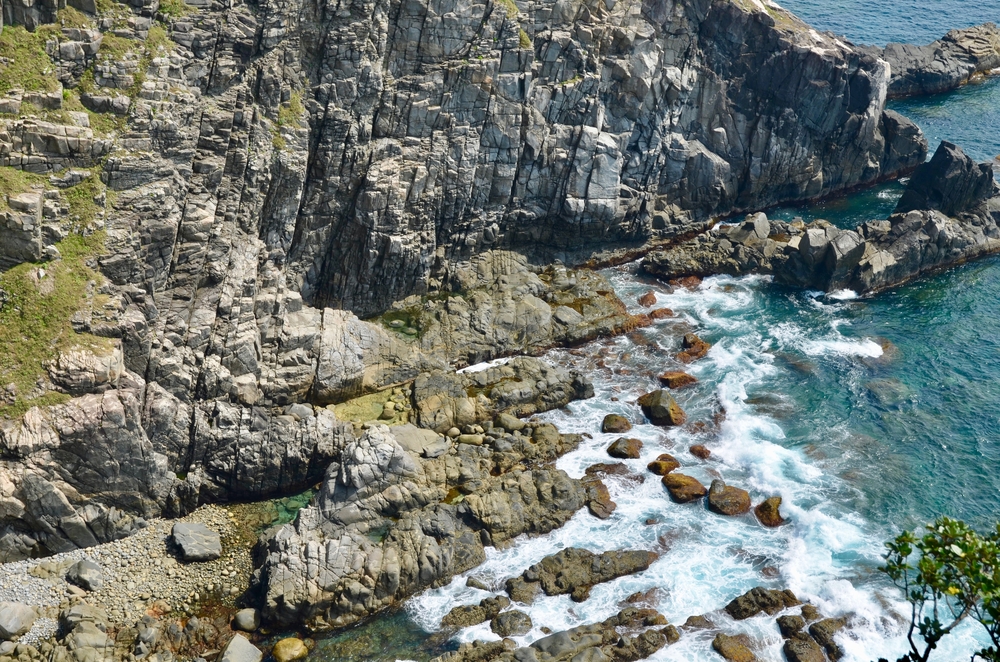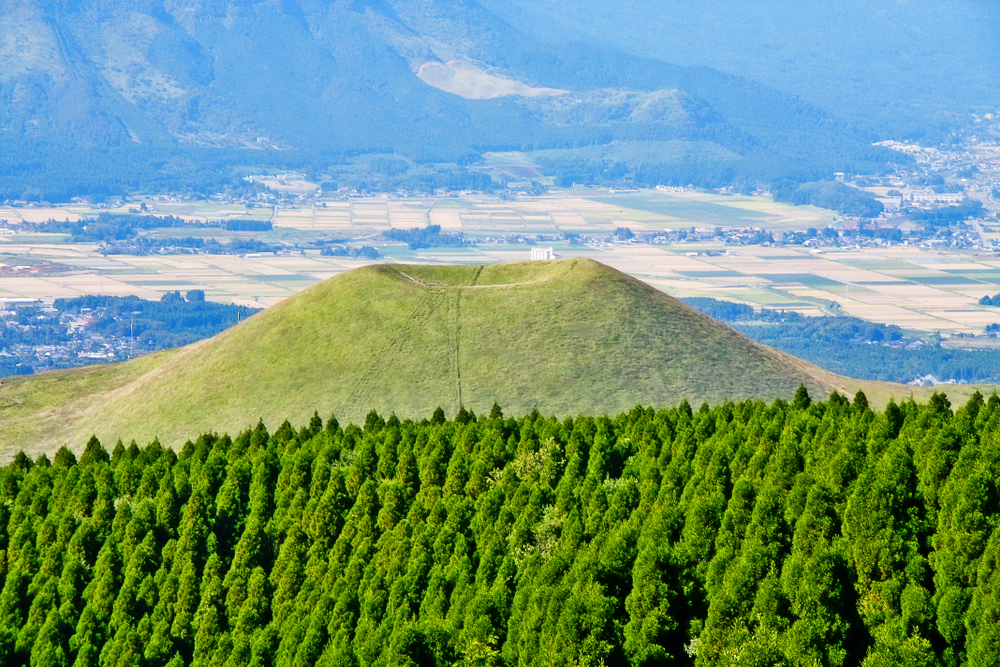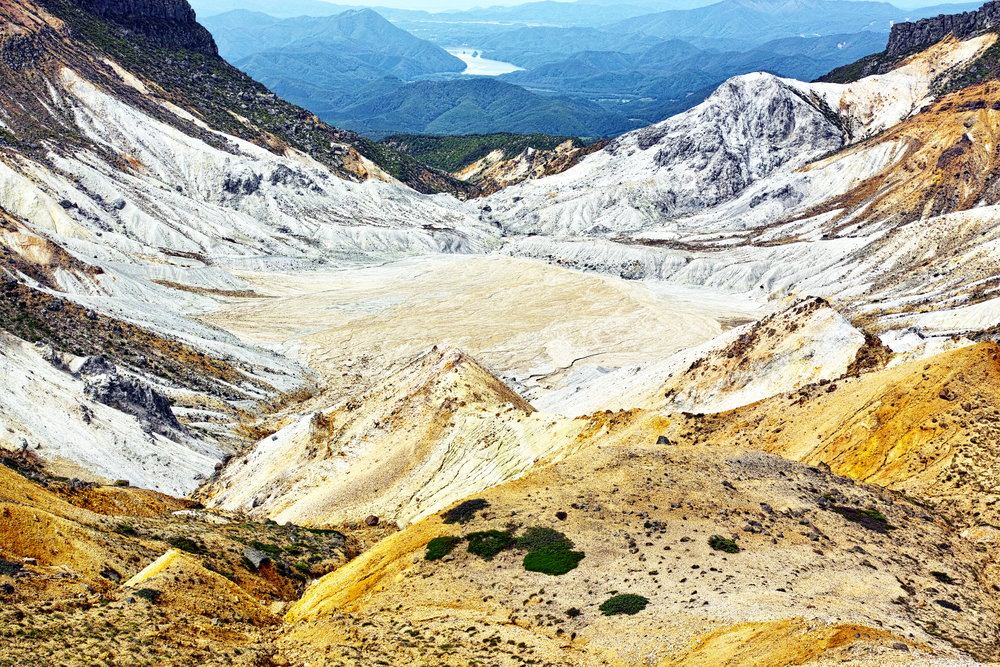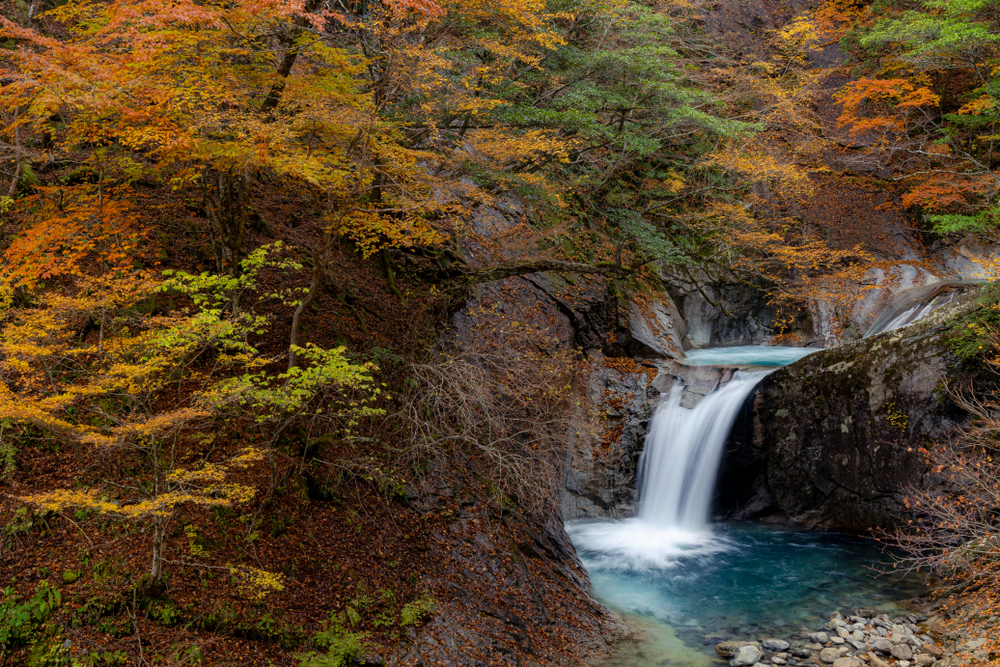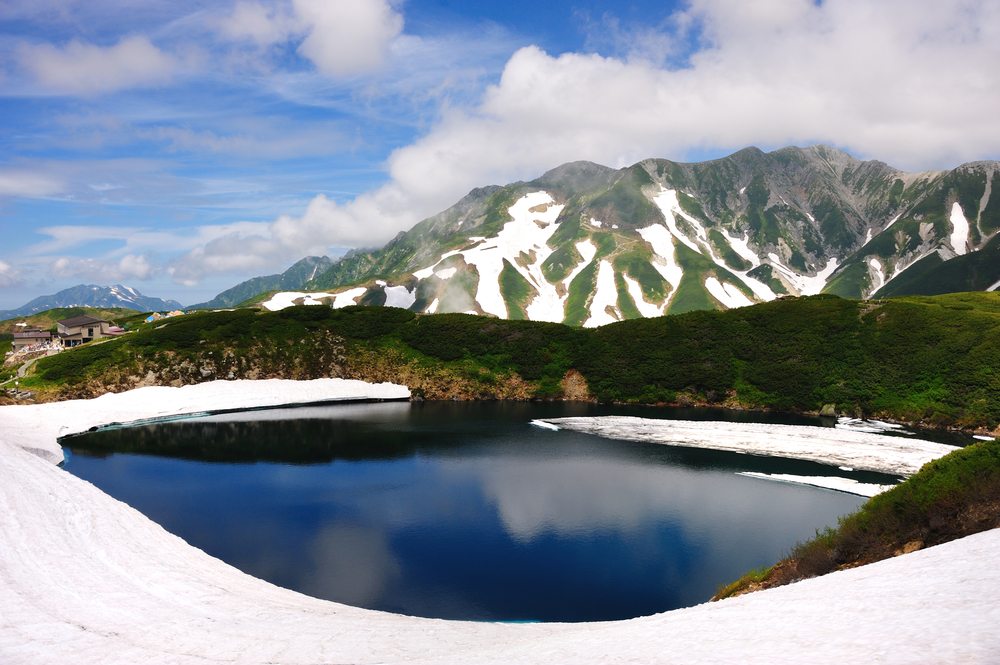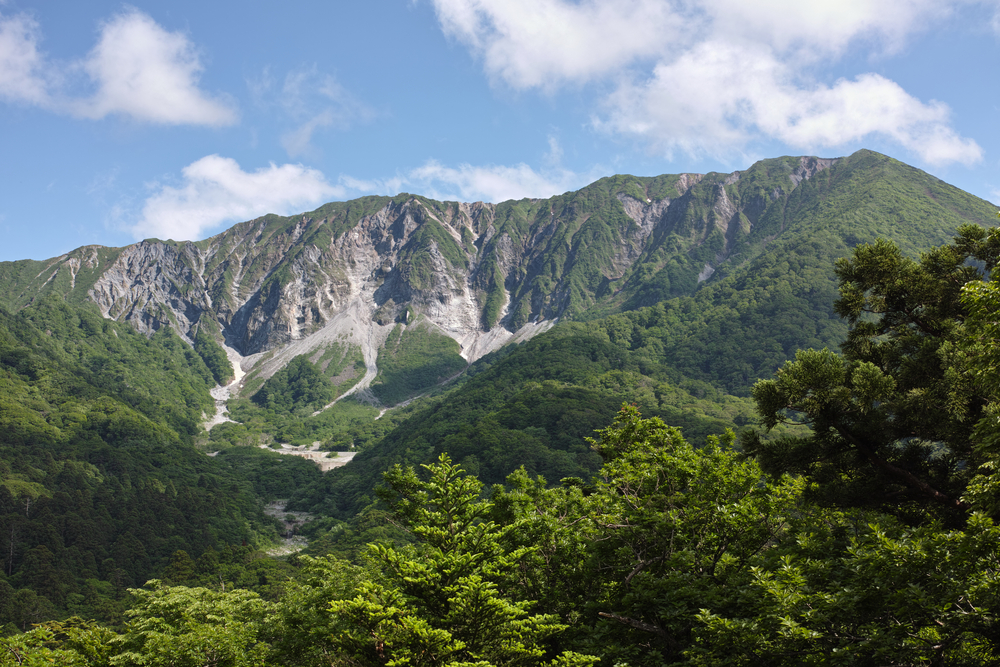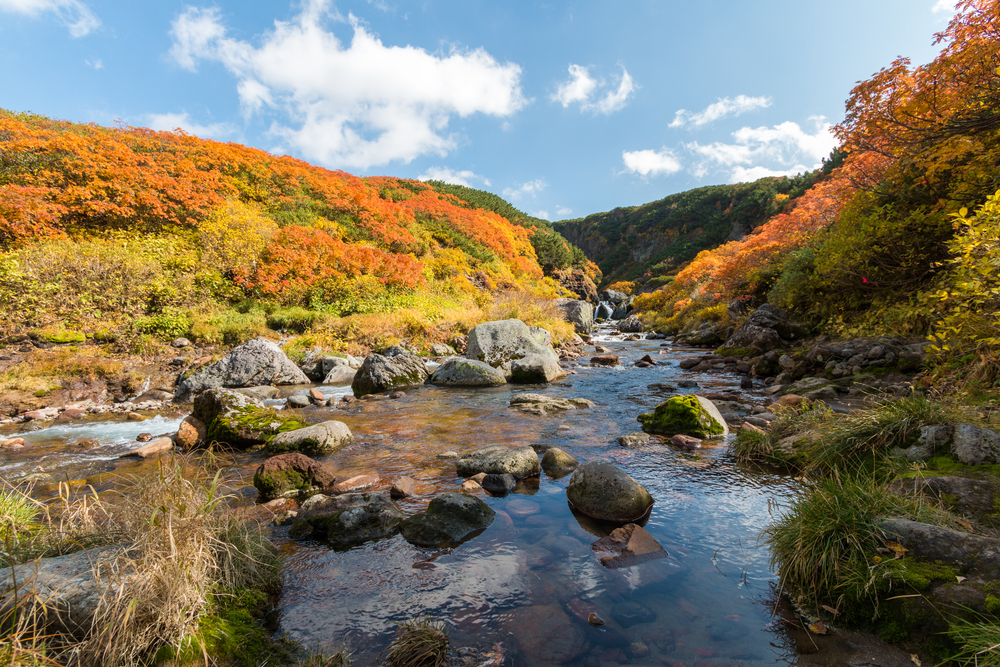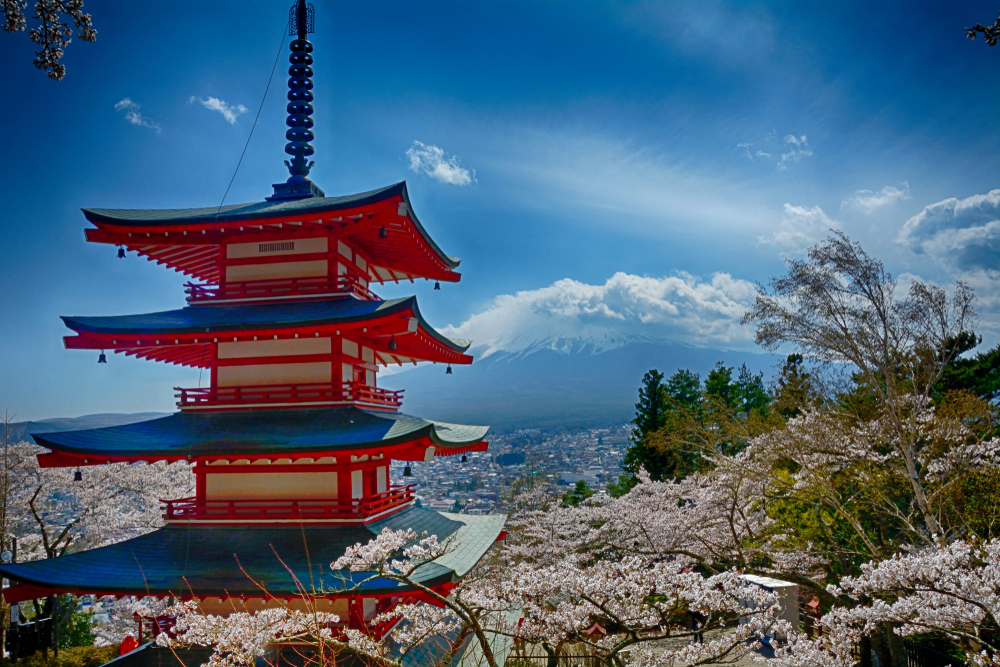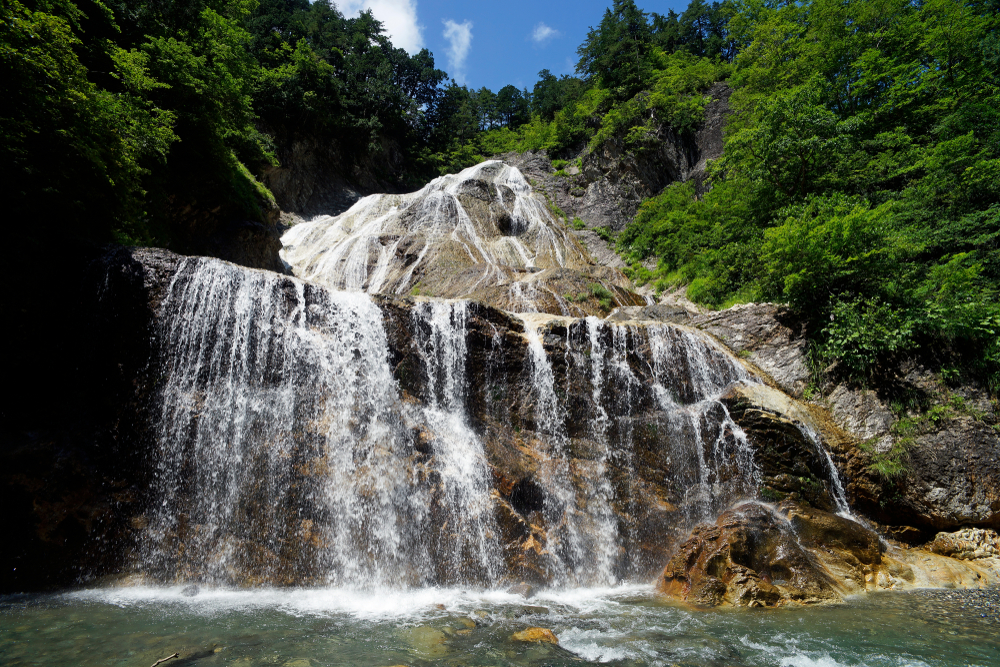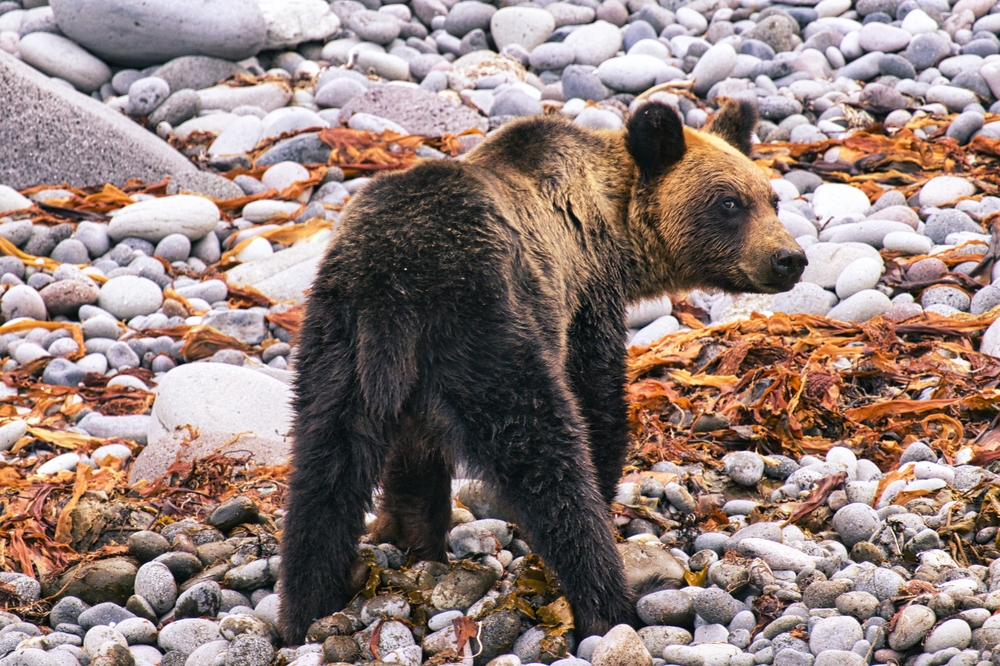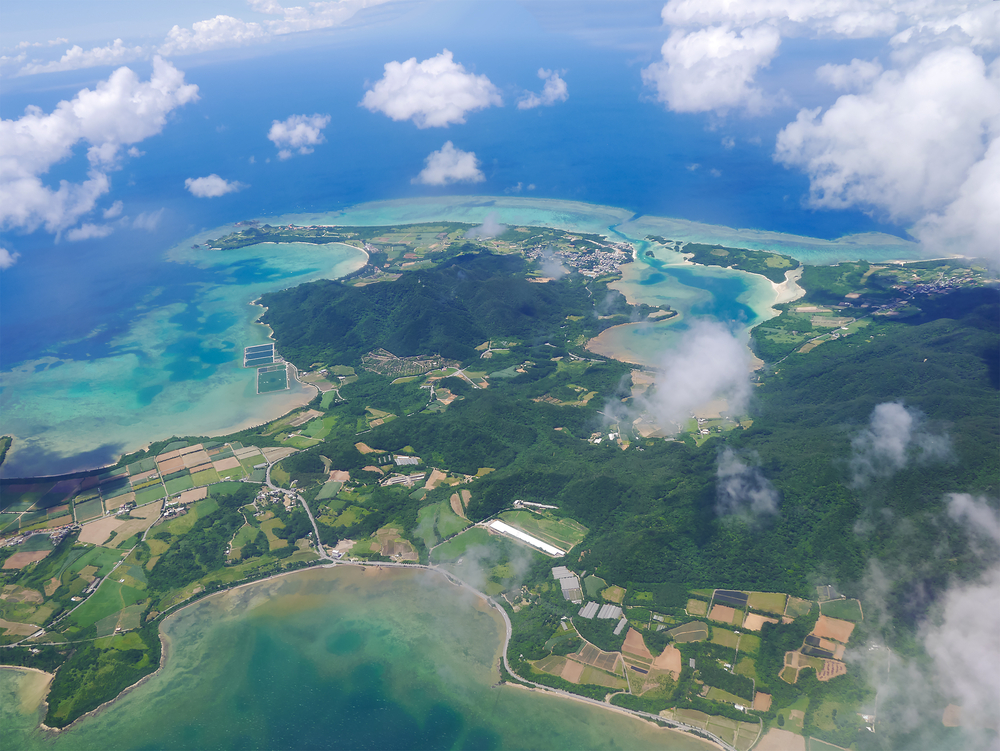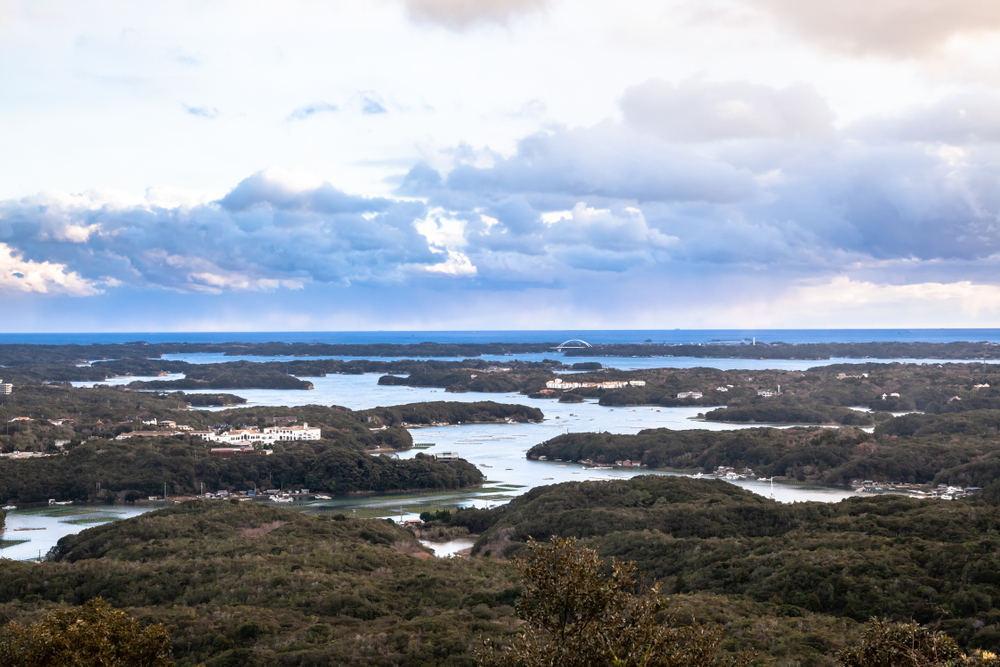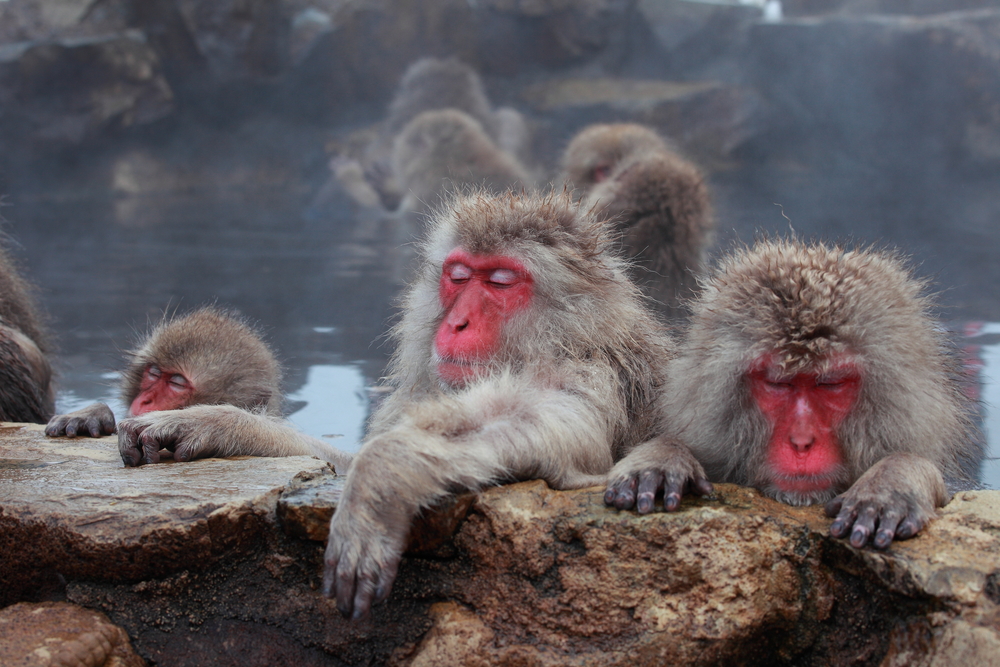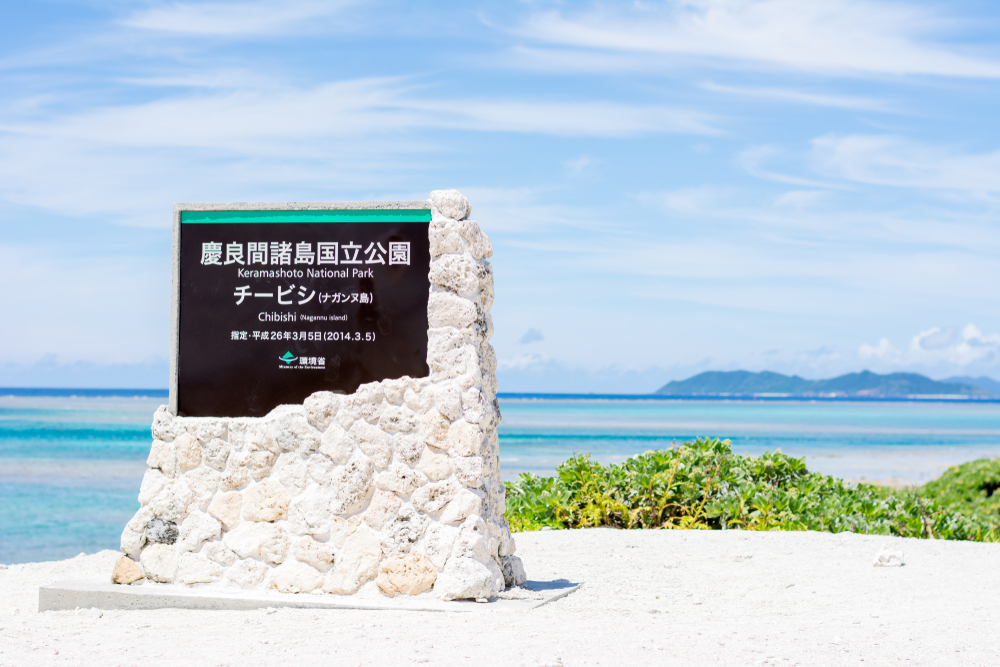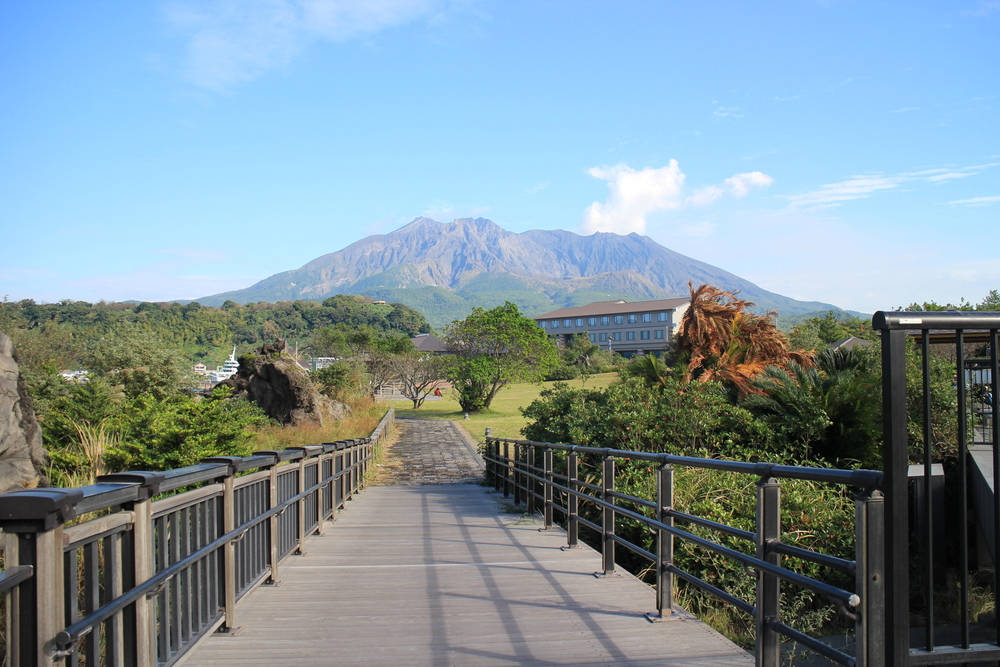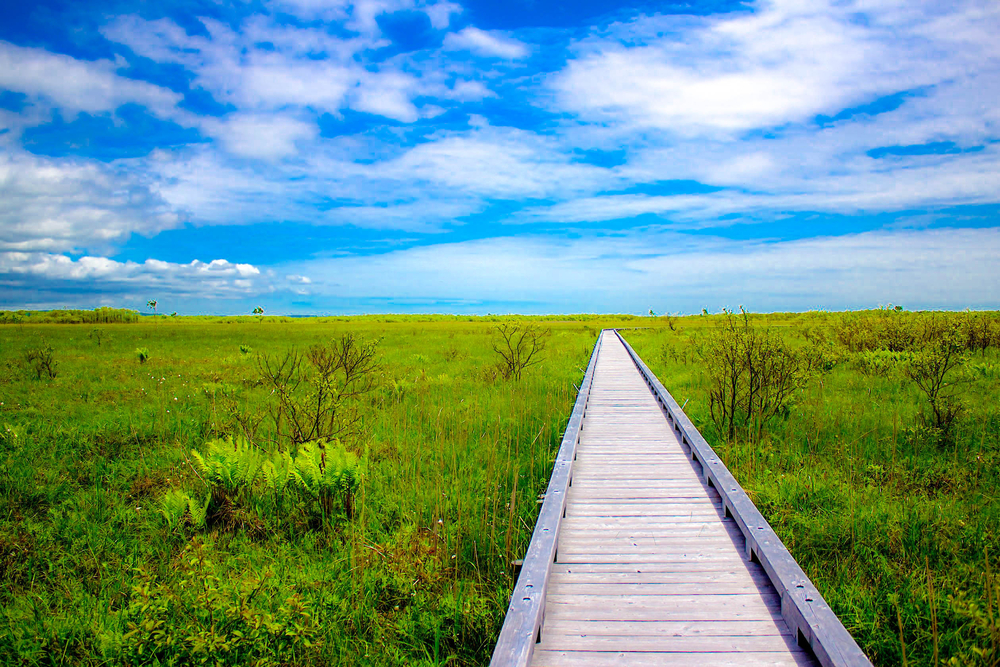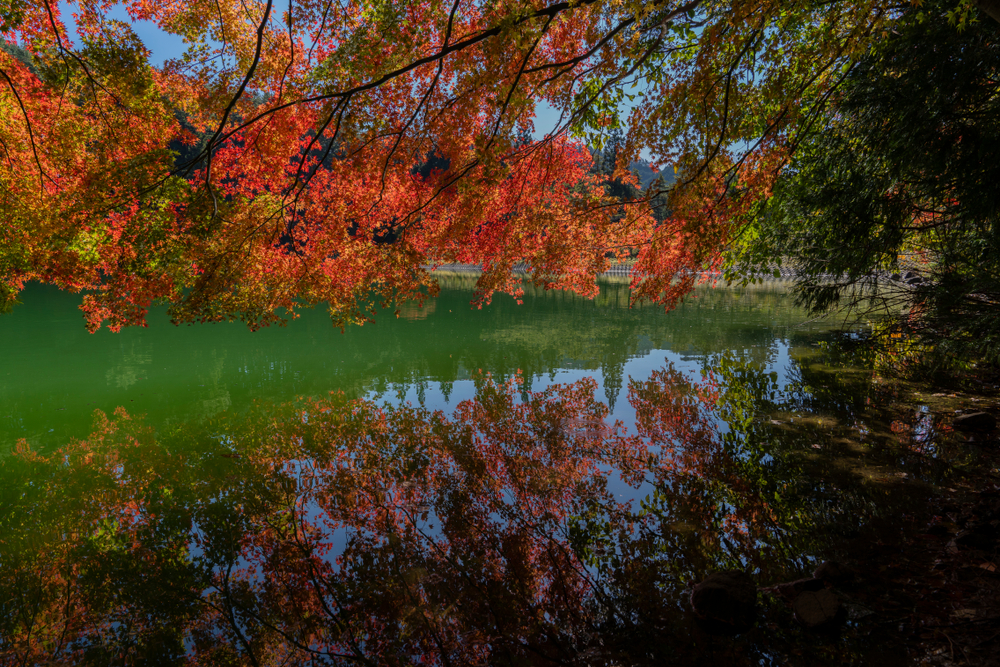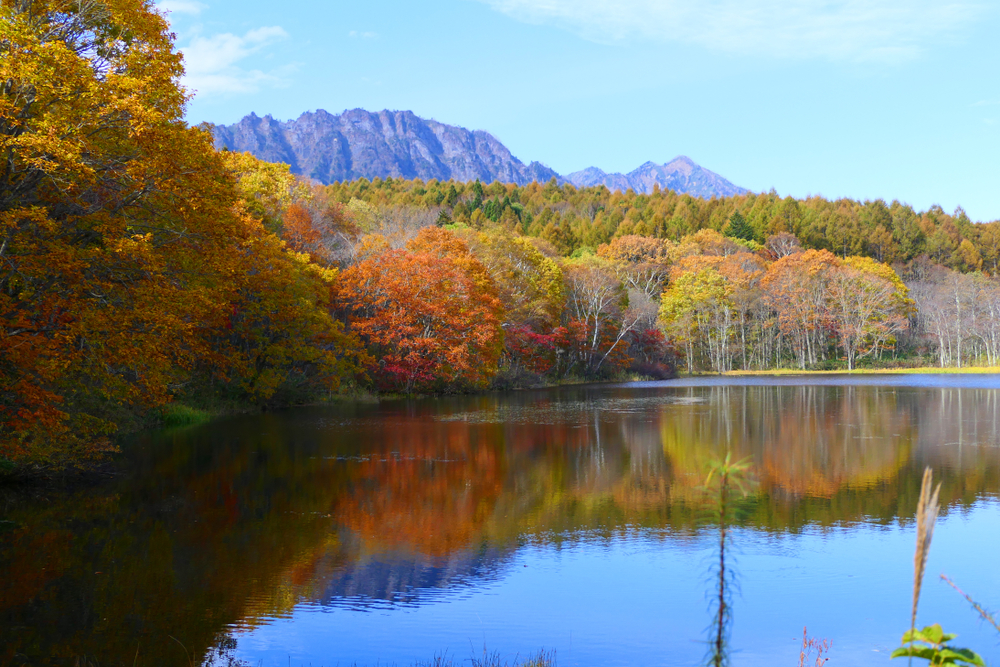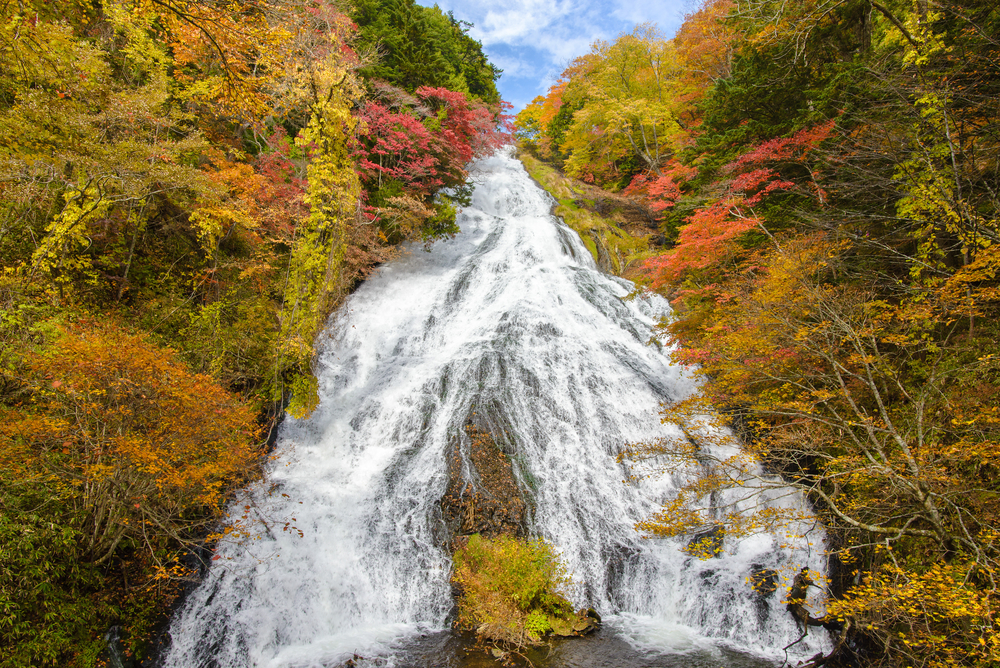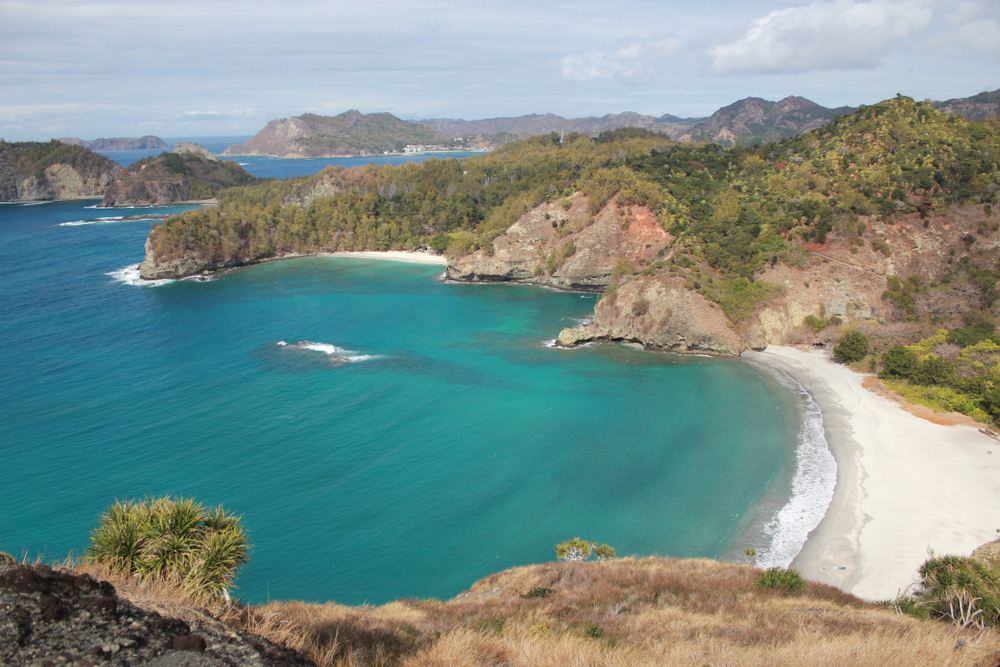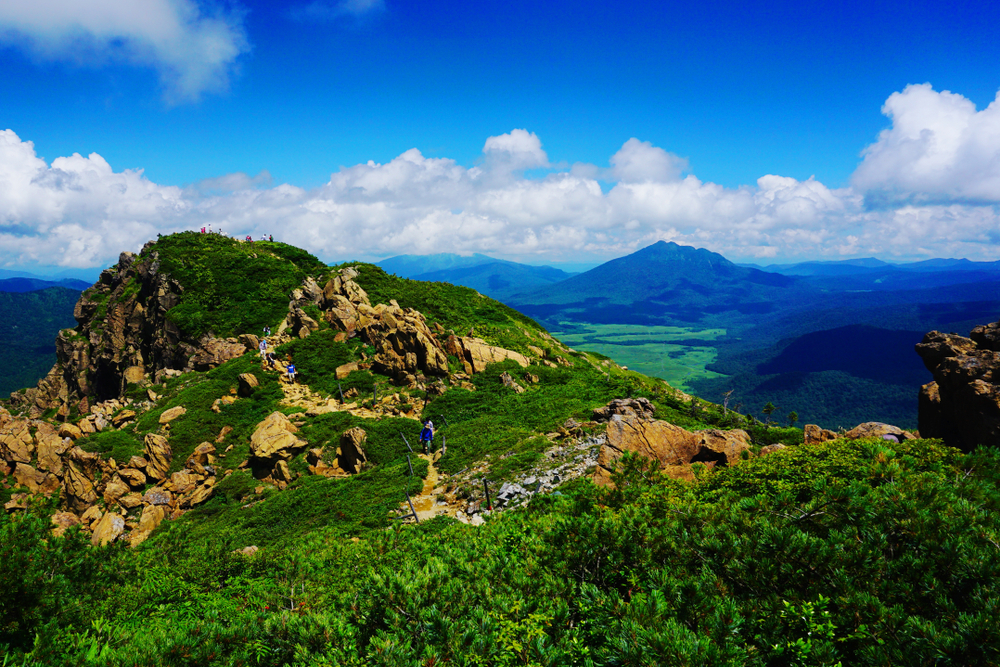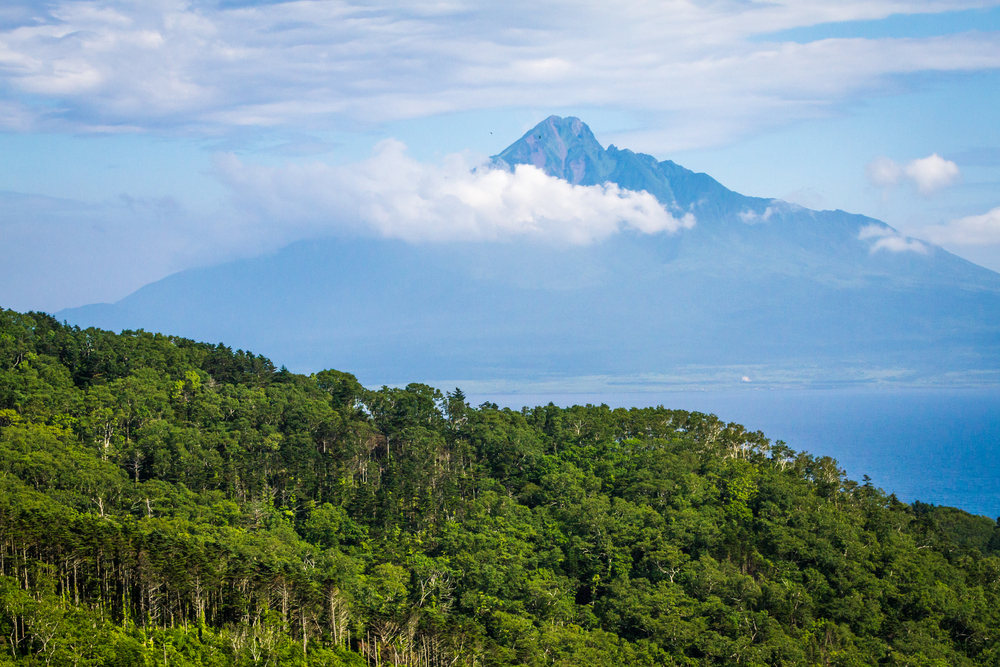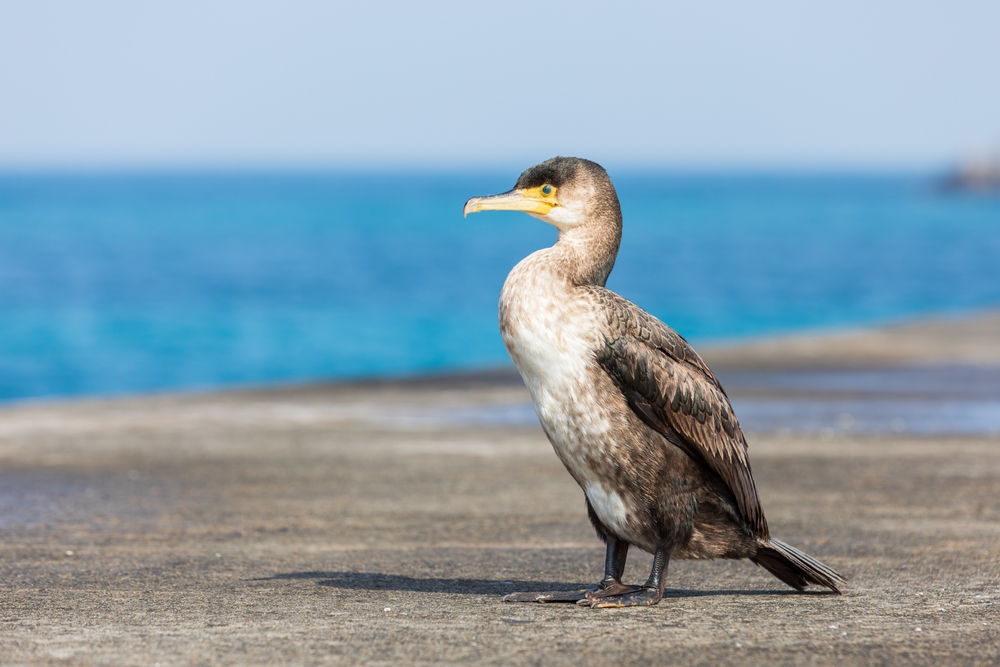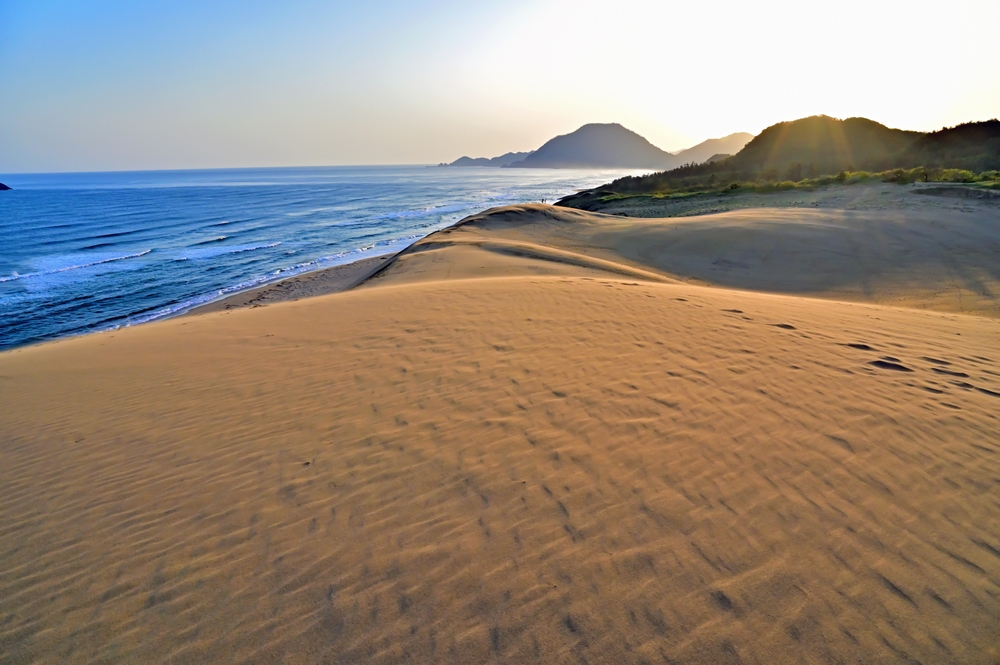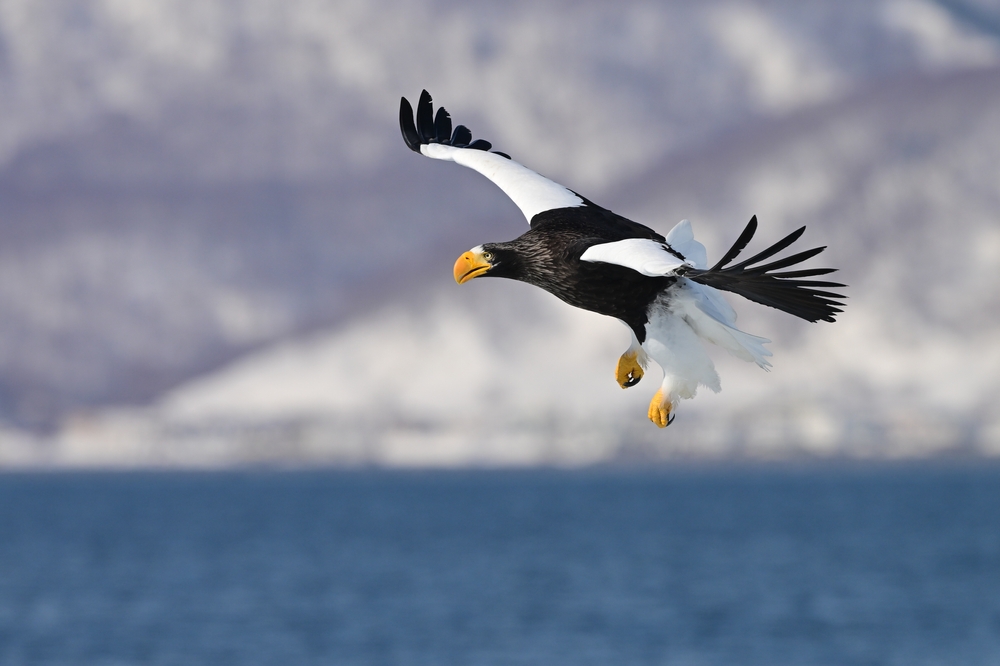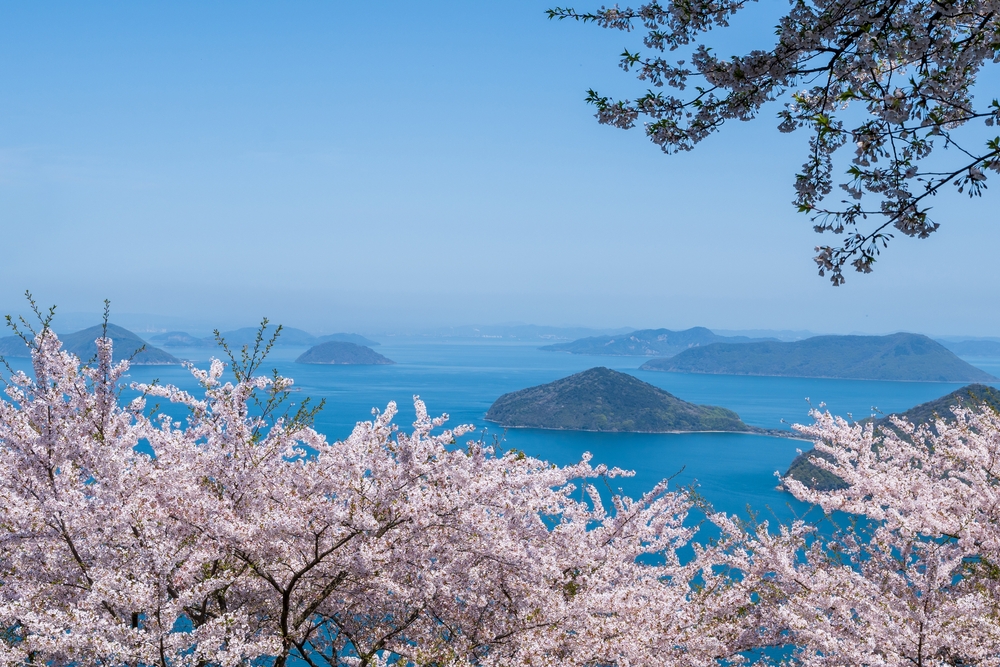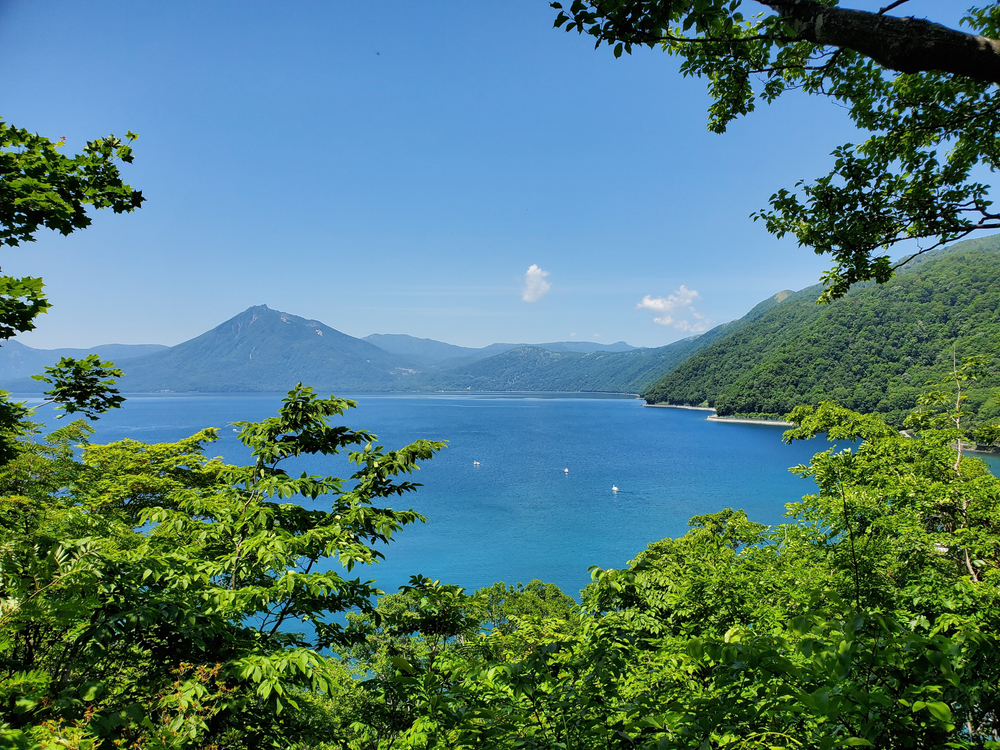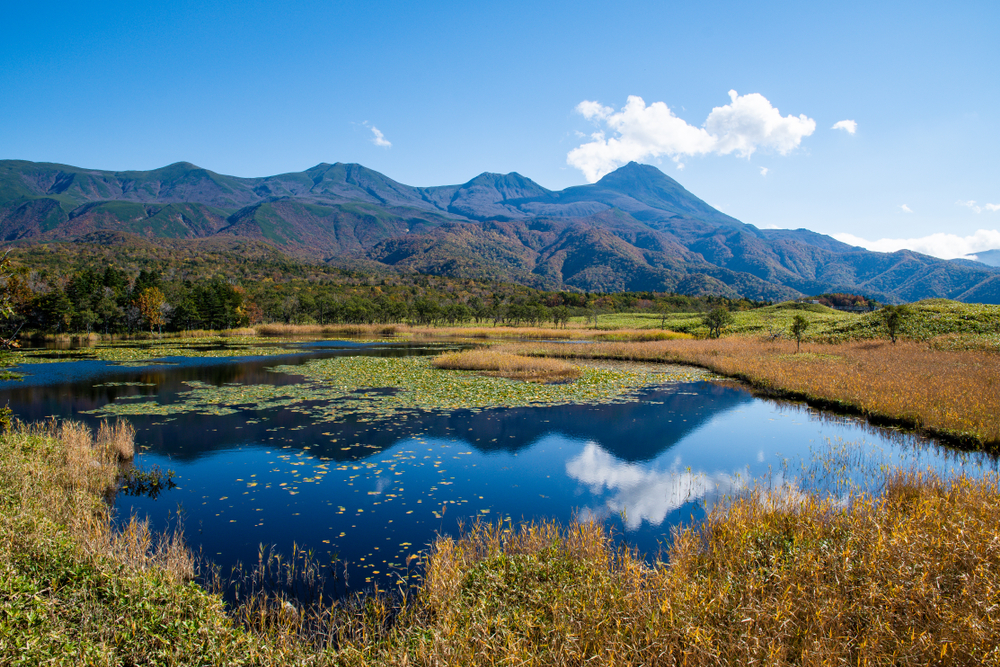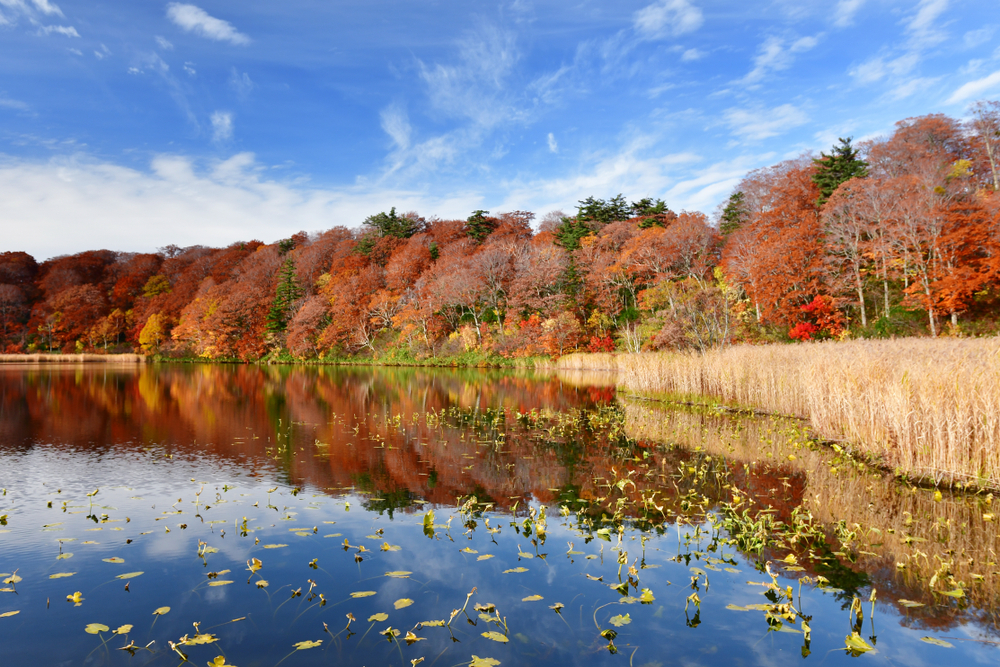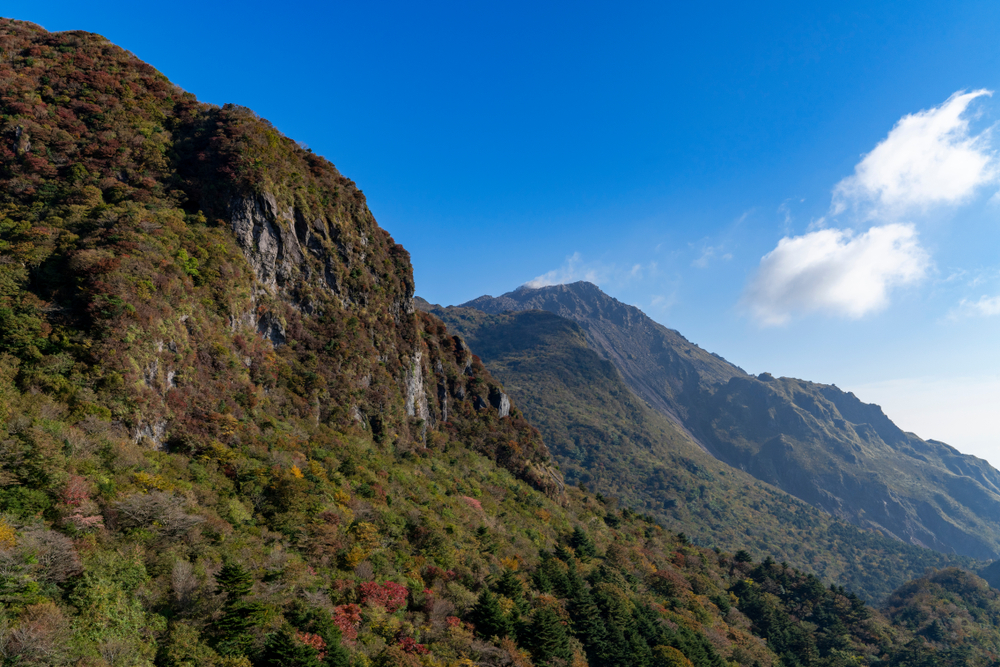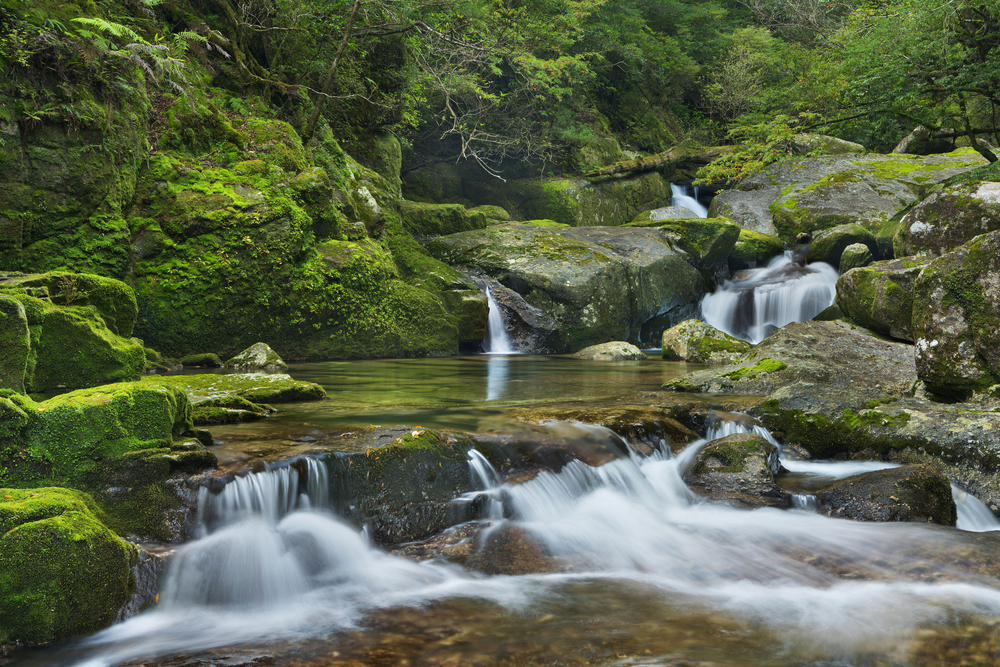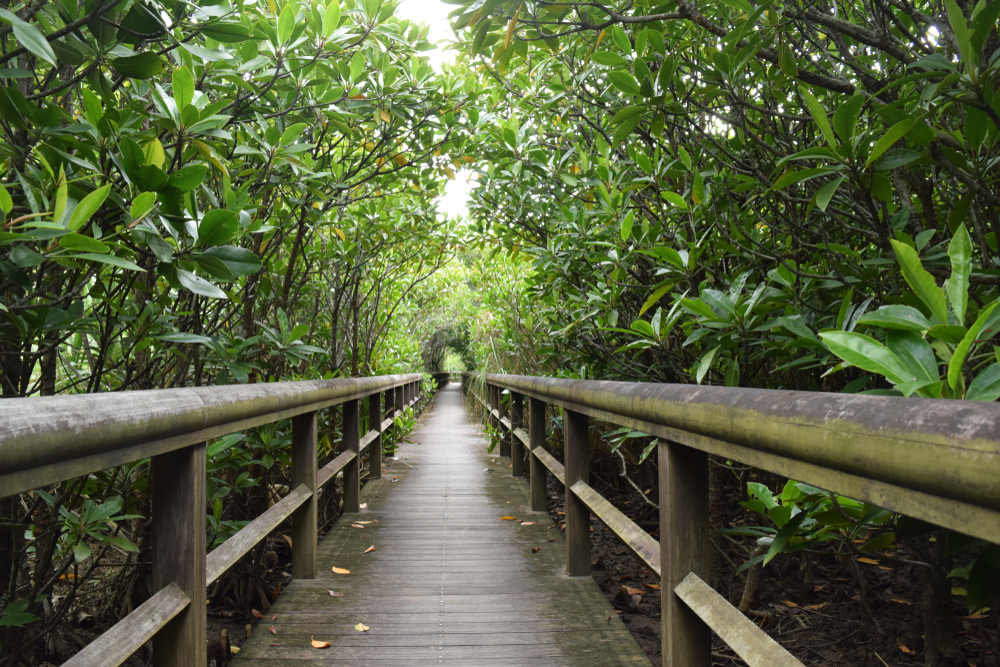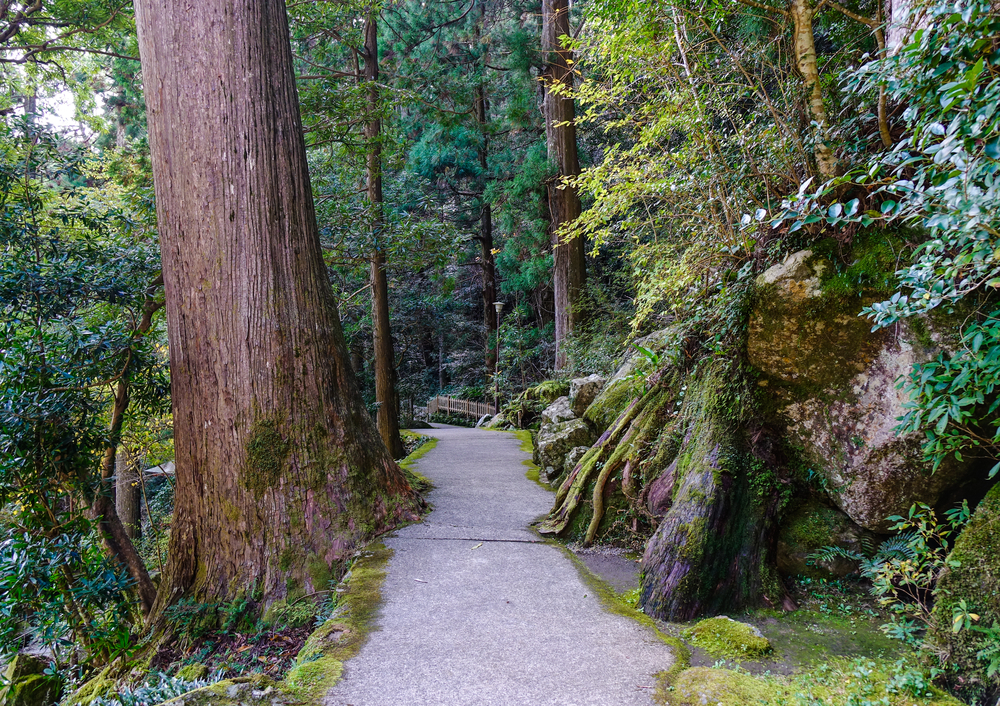Japan is home to 34 official national parks, each offering unique landscapes and biodiversity reflective of the country’s diverse geography and climate. These parks range from volcanic mountain ranges and dense forests to serene coastal areas and coral reefs. Japan’s national parks showcase the harmonious coexistence of nature and culture, with many featuring historical temples, shrines, and hot springs integrated into their landscapes.
One of the most iconic parks in Japan is Fuji-Hakone-Izu National Park, centered around the majestic Mount Fuji. This park encompasses a wide range of terrains, from volcanic landscapes and dense forests to the picturesque Five Lakes region and the scenic Izu Peninsula. Visitors can enjoy hiking, hot springs, and breathtaking views of Mount Fuji, particularly during the cherry blossom and autumn foliage seasons. The park also includes several islands in the Izu Archipelago, known for their unique marine life and diving opportunities.
Another popular destination is Shiretoko National Park, located in Hokkaido. This UNESCO World Heritage Site is one of Japan’s most pristine wilderness areas, home to brown bears, sea lions, and numerous bird species. The park is celebrated for its unspoiled nature, with visitors exploring waterfalls, rugged coastlines, and drifting sea ice during winter. Its isolated location ensures that the natural environment remains largely untouched, providing a sanctuary for rare and endangered species.
Yakushima National Park, on Yakushima Island, is renowned for its ancient cedar forests and unique biodiversity. The park is home to the Yakusugi trees, some of which are thousands of years old. The mystical atmosphere of this island, with its moss-covered trees and cascading waterfalls, inspired the setting of Studio Ghibli’s “Princess Mononoke.” Yakushima is also a vital habitat for sea turtles, which nest on its beaches annually.
Aso-Kuju National Park, in Kyushu, is known for its dramatic volcanic landscapes. Mount Aso, one of the world’s largest active volcanic calderas, dominates the park. Visitors can witness steaming fumaroles, explore lush grasslands, and enjoy hot springs. This park offers a mix of natural beauty and geological wonders, making it a favorite for outdoor enthusiasts and geologists alike.
Japan’s national parks face conservation challenges, such as balancing tourism and preservation, managing invasive species, and mitigating climate change impacts. Despite these issues, Japan has made significant strides in conservation, including promoting sustainable tourism and collaborating with local communities to protect ecosystems. Efforts such as limiting visitor numbers in sensitive areas, reforestation projects, and the use of renewable energy in park facilities have contributed to preserving these natural treasures.
Japan’s national parks offer an unparalleled blend of natural beauty and cultural heritage, providing a haven for wildlife and a source of inspiration and adventure for visitors worldwide.
Below is an Alphabetical List of National Parks in Japan










































































